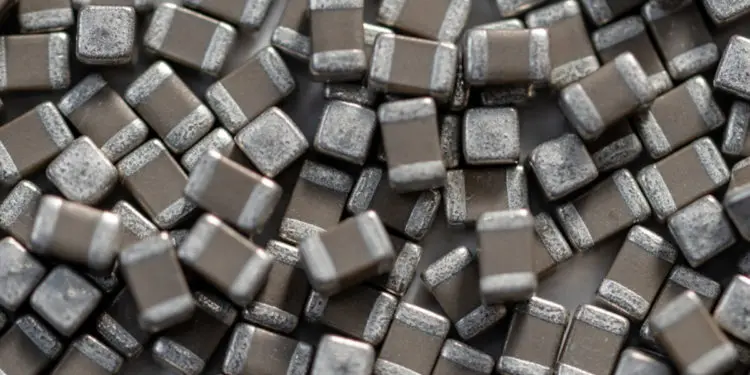Knowles Precision Devices released white paper on comparison of two ceramic capacitor dielectrics – lead lanthanum zirconate titanate (PLZT) and strontium bismuth ferrum titanate (SBFT) dielectrics – that are designed to meet the high voltage, high temperature needs in the power electronics industry.
Today’s advancements in power electronics are reaching all-new highs in performance. With the utilization of wide bandgap (WBG) semiconductor materials in high frequency switching devices, design engineers are creating smaller, faster, more reliable, and more efficient power conversion modules. These latest innovations stand to impact a wide range of industries – such as electric vehicles, aerospace, energy production, and test equipment.
However, improvements in semiconductor technology have a trickle-down effect that impact other crucial components in DC link buses and other power circuits. Fast switching in a tiny form factor means the devices run “hot” with high temperatures and high voltages. Therefore, capacitors and other passive parts surrounding the power semiconductors must also be capable of operating in harsh environments while keeping losses at a minimum. What alternatives exist today that can meet these requirements, and how do their characteristics compare with traditional capacitor options?
This white paper examines two capacitor technologies – lead lanthanum zirconate titanate (PLZT) and strontium bismuth ferrum titanate (SBFT) dielectrics – that are designed to meet the high voltage, high temperature needs in the power electronics industry. A performance analysis was conducted to investigate the effects of DC voltage bias and AC current on capacitance value and temperature rise for multilayer ceramic capacitors (MLCCs) using SBFT, PLZT, and traditional X7R materials.
Download this white paper to learn:
- Latest Power Semiconductors
- Comparing the Latest High-Temperature, High Voltage Capacitors
- Capacitance versus DC Bias Voltage
- Temperature Rise Due to Self-Heating
- ESR Versus Frequency
- Capacitance Loss Over Time
To read this white paper, click on the link below to Knowles website and download the paper upon form completion.






























